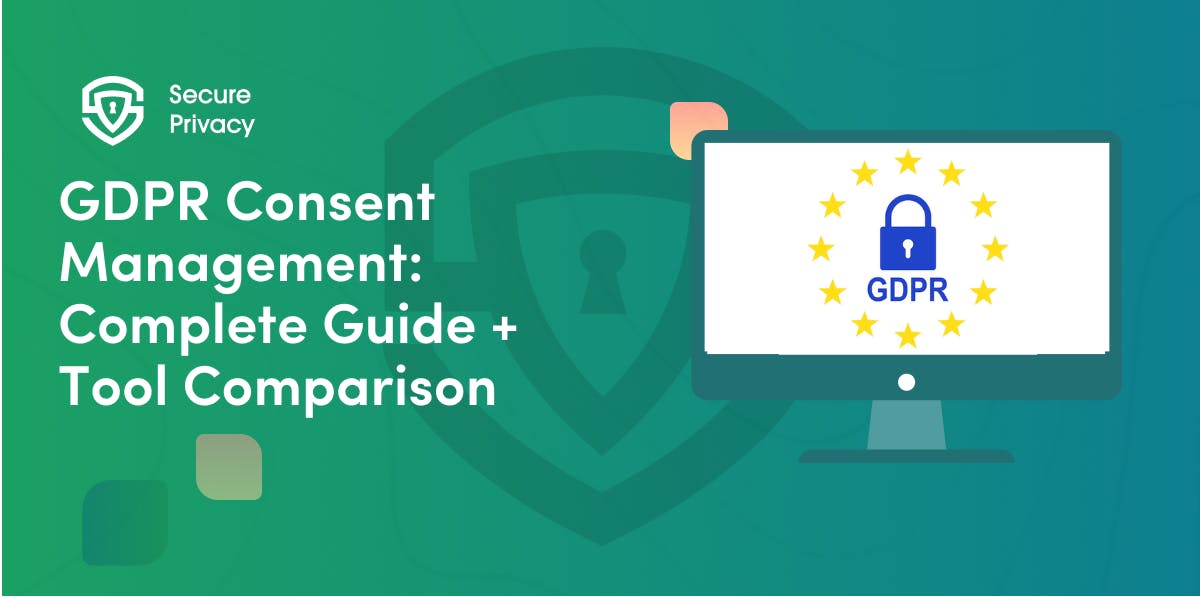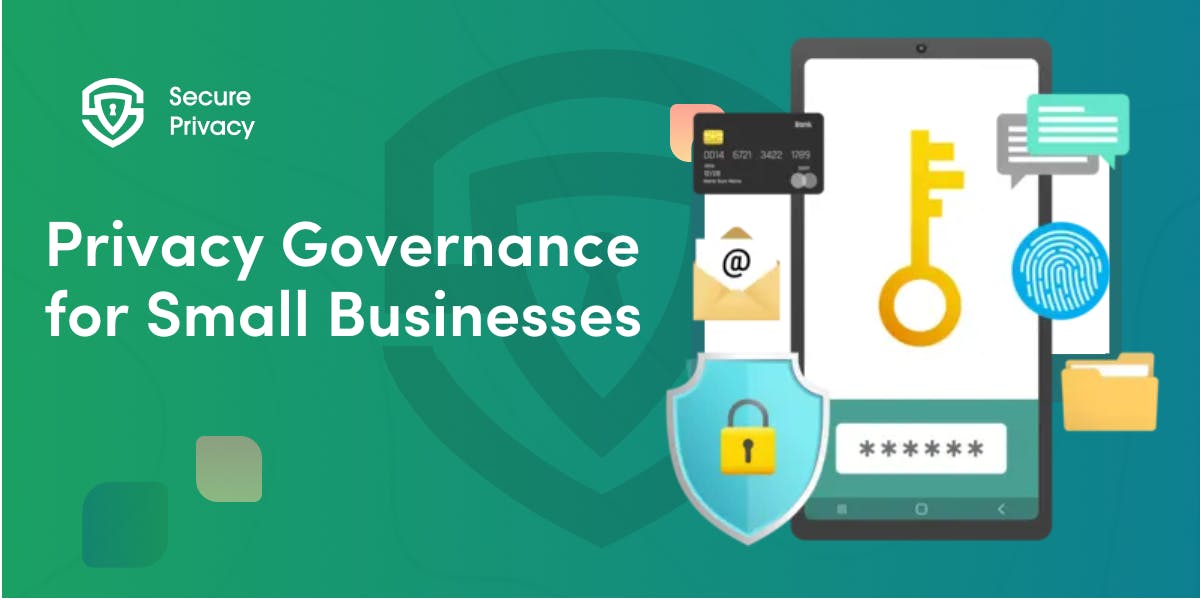Mobile Consent SDK for Flutter: Low-Code Privacy Integration Guide
Your Flutter app is live on iOS and Android, downloads are growing — and then you realize it’s collecting device IDs, analytics, and location data without proper consent. Mobile consent SDK for Flutter solutions turn this compliance crisis from a 10-week custom development project into a 2-day low-code integration, eliminating the technical complexity that makes mobile privacy compliance inaccessible for most development teams.
The stakes are high: apps with ATT opt-in below 30% lose 58% of ad revenue, while GDPR violations can reach €20 million or 4% of annual revenue. Yet over 70% of mobile users experience consent fatigue from poorly-designed consent setups. If you’re building Flutter apps for global audiences, you need a mobile consent SDK that works across iOS and Android without rewriting your codebase for each platform.
This guide shows how mobile consent SDK for Flutter solutions remove technical barriers to privacy compliance, why they outperform custom consent systems, and which features distinguish effective SDKs from compliance placeholders that leave your app exposed. It also provides actionable guidance for integrating SDKs in real-world Flutter apps, helping teams navigate regulatory complexity efficiently.
Understanding Mobile Consent Requirements in 2025
Mobile regulations now require explicit consent before apps collect personal data. GDPR demands opt-in consent before any non-essential processing, while CCPA provides opt-out rights, creating distinct setup requirements. Mexico’s LFPDPPP (effective March 2025) mandates freely given, informed consent with fines up to $1.5 million USD for serious breaches.
Apple’s App Tracking Transparency (ATT) and Google’s Consent Mode v2 add platform-specific obligations. Apps targeting EU users must implement Consent Mode v2 or lose advertising measurement. iOS 14.5+ (as well tvOS) requires IDFA access consent, while Android 6.0+ (and AndroidTV) enforces runtime permissions for device-level data.
For Flutter developers, these requirements compound because apps must simultaneously satisfy iOS and Android consent frameworks. Traditional approaches required native Swift logic for iOS, Kotlin for Android, and JavaScript for web consent. Mobile consent SDK for Flutter unifies this through cross-platform APIs while maintaining platform-specific compliance. It ensures your app avoids revenue loss due to ATT or advertising measurement issues while remaining fully compliant across multiple regions.
Why Mobile Consent Differs From Web Setup
Mobile consent operates under the same legal frameworks as web consent but introduces unique technical challenges:
Platform-Specific Frameworks: iOS ATT and Android runtime permissions operate independently of app-level consent. Additionally, iOS Keychain and Android Keystore require different encrypted storage approaches.
Offline Storage Complexity: Mobile apps often function without connectivity, requiring persistent local storage for consent preferences. Synchronization must occur after the device reconnects, and consent must survive app updates.
Cross-Platform Synchronization: Users interact across web, iOS, and Android devices. Consent SDKs maintain cloud-based registries to prevent repeated prompts and ensure unified profiles, while preserving offline functionality. For developers building Flutter apps targeting connected TV platforms like Android TV, additional consideration for non-traditional screen sizes and interaction models becomes essential.
SDK Integration Dependencies: Apps typically include multiple third-party SDKs — Firebase Analytics, Facebook SDK, Adjust, and ad networks. Each SDK must enforce consent independently, and many auto-initialize unless specifically configured to wait for user approval. Mobile consent SDKs simplify this with wrapper classes, preventing unauthorized tracking. Additionally, proper SDK integration reduces app crashes and improves user trust.
How Mobile Consent SDKs Work
Mobile consent SDK for Flutter setups follow consistent patterns across vendors:
Initialization: Usually in main.dart before MaterialApp. Developers provide SDK credentials, regional settings, and banner customization. Initialization prepares the SDK but doesn’t display banners until triggered, allowing control over timing.
Banner Display: Shows consent interfaces for first-time users or unknown consent states. Advanced setups can delay banners until users experience core app value, improving acceptance rates and reducing abandonment. Custom timing strategies can significantly improve both compliance and UX metrics.
Consent Storage: iOS uses Keychain, Android uses EncryptedSharedPreferences backed by Keystore. SDKs store structured consent records including timestamps, granted categories, and user identifiers for audit compliance.
Signal Propagation: Consent decisions propagate to analytics and ad SDKs, such as Firebase Analytics and Google Ads via Consent Mode v2 parameters. This ensures SDKs respect user choices and prevents accidental data collection.
Cloud Synchronization: Local consent is synchronized with cloud registries, enabling cross-device consistency. Offline functionality is preserved—local decisions take priority until connectivity is restored. This reduces duplicate prompts and ensures accurate analytics and ad targeting.
Secure Privacy Mobile Consent SDK: Flutter Integration
The Secure Privacy SDK provides native iOS and Android implementations with a Flutter bridge layer. It supports GDPR, CCPA, LGPD, Mexico LFPDPPP, and India DPDP compliance through configurable consent management models.
Installation: Add the secure_privacy_mobile_consent dependency in pubspec.yaml and run flutter pub get. Minimum support: Android API 21+, iOS 11.0+.
Android Setup: Update AndroidManifest.xml, enable Internet permissions, and configure ProGuard rules to prevent stripping SDK methods.
iOS Setup: Update Podfile, set minimum platform to 11.0, run pod install, and add Info.plist privacy usage descriptions for sensitive data categories.
Initialization: Call SPMobileConsent.initialize() before MaterialApp, passing credentials, regional settings, language preferences, and banner customization.
Displaying Consent Banner: Call SPMobileConsent.showConsentBanner() for first-time users or undetermined consent states. SDK automatically adapts to platform design patterns—iOS native UI on iPhones, Material Design on Android.
Retrieving Status: Use SPMobileConsent.getConsentStatus() to conditionally initialize analytics, ad networks, or other tracking SDKs. Returns structured data including timestamps and granted categories for audit purposes. Additional examples and sample code snippets ensure developers implement these calls correctly across different app flows.
Integrating Firebase Analytics and Google Consent Mode
Firebase Analytics is the most common platform for Flutter apps:
Consent Mode Integration: Update Firebase Analytics with FirebaseAnalytics.instance.setConsent() to propagate analytics and ad storage preferences.
Conditional SDK Initialization: Delay Firebase initialization until user consent is granted. Observer patterns trigger initialization automatically, preventing accidental data collection during the initial launch window.
Event Tracking: Wrap analytics calls in consent checks. If denied, log events locally without transmission for internal debugging.
Google Ads Integration: Respect ad_storage and ad_personalization flags. Conditional ad loading prevents unauthorized tracking, and fallback monetization (in-app purchases, subscriptions) can maintain revenue for users who decline advertising consent. Additional strategies include contextual ads or feature unlocks that respect consent choices.
Best Practices for Mobile Consent UX
Timing: Immediate banners maximize compliance but risk abandonment. Delaying until users experience value (e.g., completing onboarding) improves acceptance rates.
Equal Prominence: GDPR requires “Accept All” and “Reject All” buttons to be visually equal—no dark patterns.
Category Controls: Offer clear categories—necessary, analytics, marketing, personalization—with simple descriptions at approximately 13-year-old reading level. Include links to full privacy policies.
Revocation: Enable one-tap withdrawal from app settings, synchronizing immediately with cloud services.
Localization: Provide interfaces in native languages—Spanish (LFPDPPP), Portuguese (LGPD), and others per regional requirements. SDKs handle translation automatically, reducing manual maintenance.
Additional UX Tips: Offer contextual explanations for each category, brief tutorials for new users, and highlight why consent improves personalization and ad relevance. These small enhancements can significantly increase opt-in rates.
Comparing Mobile Consent SDK Options
Secure Privacy SDK: Complete low-code mobile consent solution with automatic banners, Firebase/Google Ads synchronization, and audit trails. Free tier with usage-based scaling.
OneTrust Publishers CMP: Enterprise solution with native SDKs, detailed event control, and cloud-based cross-device profiles. Requires Flutter bridging.
TrustArc Mobile SDK: Integrates with broader platform for unified web and mobile consent, offering webhook and opt-in/out capabilities.
Setup Time: SDKs reduce setup from 8–10 weeks to 2–3 days—install, initialize, brand, connect, and test compliance. Minor configuration improvements can further optimize integration and reduce error rates.
Common Pitfalls and Edge Cases
Offline Devices: Store encrypted local consent and queue cloud synchronization.
App Updates: Preserve consent across versions; migrate old formats to new SDK structures.
Platform Permissions: Coordinate ATT and app-level consent to avoid user confusion.
SDK Failures: Implement retry, backoff, and caching logic. Log errors and provide graceful degradation.
Preference Drift: Resolve conflicts across devices—options include “most permissive wins” or “most restrictive wins.” Display sync status and allow manual refresh. Adding user notifications about consent sync status improves transparency and trust.
Why Low-Code SDKs Win
Time Savings: 90%+ faster setup, freeing developers for product features.
Compliance Reliability: SDKs update automatically to reflect new regulations.
Maintenance: Vendors handle ongoing regulatory changes.
Cross-Platform Consistency: Unified Flutter APIs ensure identical behavior across iOS and Android.
Audit Automation: Built-in logs satisfy GDPR accountability requirements with minimal effort. Continuous monitoring dashboards provide actionable insights for compliance teams.
Future Trends 2025–2027
AI-Driven Optimization: ML predicts optimal consent timing, adjusts interface complexity, and personalizes messaging to improve acceptance.
Expanding Regulations: India DPDP, UK reforms, Singapore PDPA v2.0, Japan APPI, and Australia Privacy Act updates drive SDK evolution.
Unified Consent Ecosystems: Sync consent across web, mobile, smart devices, and emerging platforms like VR/AR.
Privacy-by-Design Enforcement: Real-time monitoring and automatic remediation detect and fix violations instantly.
Standardization: Industry-wide consent formats may allow vendor interoperability while maintaining historical consent records.
Setup Checklist for Flutter Apps
- Pre-Setup: Identify applicable regulations, audit SDKs, define consent categories.
- Select SDK: Evaluate Flutter support, pricing, regulatory coverage, and customization.
- Integrate: Configure platform files, initialize SDK, connect analytics and ad networks.
- Test: Verify flows, offline persistence, audit trails, and cloud synchronization.
- Monitor: Track acceptance rates, SDK errors, and regulatory changes. Include ongoing user testing for UX improvements.
Conclusion: Making Mobile Consent Manageable
Mobile consent is now a business-critical foundation. Apps collecting data without proper consent risk €20 million fines and 58% revenue loss from low ATT opt-ins.
Mobile consent SDK for Flutter solutions democratize compliance—cross-platform, low-code, and updated automatically. Teams achieve compliance in days, maintain native UX, and reduce legal risk.
By treating consent as a strategic capability, organizations gain higher acceptance rates, better analytics accuracy, and stronger compliance confidence. Privacy becomes a growth enabler, not a cost center.
Ready to implement? Explore mobile consent SDKs for Flutter that deploy in days, scale globally, and transform compliance into automated, reliable foundation.
Get Started For Free with the
#1 Cookie Consent Platform.
No credit card required

GDPR Consent Management: Complete Guide + Tool Comparison
Your website could be costing you €20 million. Every cookie that loads before user consent, every "accept all" button without an equally prominent reject option — these aren't minor oversights. They're violations that data protection authorities are actively hunting.
- Legal & News
- Data Protection

How to Design High-Performing Cookie Banners in 2026
“You're one click away from a €325 million fine”. That's what Google learned in September 2025 when French regulators hit them for cookie consent violations. The message is clear: cookie banner design in 2026 isn't about getting extra clicks anymore — it's about survival.
- Legal & News
- Data Protection

Privacy Governance for Small Businesses: Step-by-Step Guide
You're a 20-person company. A customer asks for their data. Your marketing team just added a new tracking pixel. Your CRM vendor updated their terms. And you just realized you might need to comply with GDPR, CCPA, or both.
- Legal & News
- Data Protection

